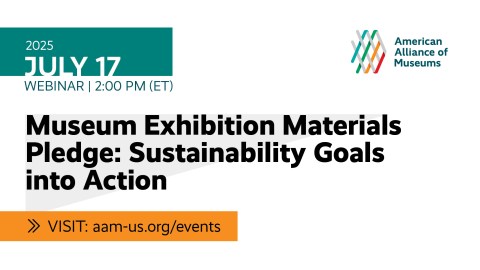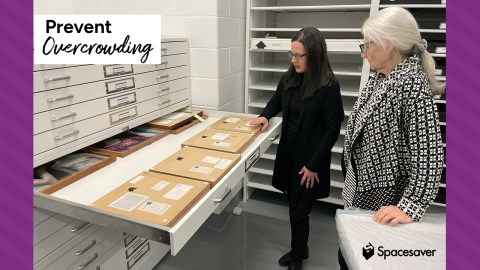Take a look at DC’s food deserts:
 |
|||
| The pink areas are food deserts. In D.C., they are all located in Wards 5, 7 and 8. Image is from DCentric |
Pretty scary, yes? All those swathes of pink are low income communities where at least 33% of residents live more than a mile from a supermarket or grocery store. (But close to plenty of fast-food joints, I’m sure.) You can use the USDA’s Food Desert Locator to map your community.
One of the goals of the First Lady’s Let’s Move! initiative is to expand the availability of nutritious food to food deserts. This still leaves the daunting goal of changing behavior, but it’s a good start. You can’t eat what you can’t buy.
Hmmm. Good test of CFM’s thesis that museums can save the world. What can a museum do to help solve the problem of food deserts? In a mission-compatible way that also benefits their bottom line?
Plenty, it turns out. See this earlier post on the partnership between the historic site Woodlawn and the DC based Neighborhood Restaurant Group that has resulted in the Arcadia Center for Food and Sustainable Agriculture. Arcadia is tackling the food challenge on many fronts: educating school children about healthy eating; making it easier for local farmers to transport and market their produce. Now they are launching the Mobile Market, a farmers-market-on-wheels, housed in an old school bus, that will take local produce and artisan foods to neighborhoods that typically don’t have access to fresh food. The Mobile Market will also try to overcome the behavioral barriers to buying and preparing fresh food by providing recipes, cooking demos, and fun food education to encourage better eating and home cooking. And it accepts vouchers from the Special Supplemental Nutrition Program for Women Infants and Children (WIC) and the Supplemental Nutrition Assistance Program (SNAP).
Here is Michael Babin of the Neighborhood Restaurant Group talking about Arcadia’s Mobile Market, which is about to launch.
Maybe this isn’t the perfect model for your museum, but there are many other ways museums are contributing to the national effort to fight obesity and promote healthy eating.
Interested in exploring what your museum can do to help your community with food issues? Join us for Feeding the Spirit, a national symposium being held in Pittsburgh on Oct. 13. Feeding the Spirit is the result of collaboration between AAM’s Center for the Future of Museums, the Association of Children’s Museums, the American Public Gardens Association, Phipps Conservatory and Public Garden and the Carnegie Museums of Pittsburgh.








